Leapmotor B10 starts at 29,900 euros in Europe
According to the press release, Leapmotor partner Stellantis expects the B10 to be “one of the most competitive electric SUVs in its class” at this price. This is certainly true in comparison to the Stellantis brands’ electric SUVs in the C-segment: an Opel Grandland Electric is 13 centimetres longer, but only starts at over 46,000 euros. The B10 will be available to order in the first markets from 30 July.
The B10 is Leapmotor’s first model in the high-volume compact class: the C10 model (from 36,500 euros) is positioned above it in the mid-size class, while the Leapmotor T03 is a small car. The five-seater B10 is based on the new LEAP 3.5 platform and is 4.52 metres long, 1.89 metres wide and 1.66 metres high. The wheelbase is 2.74 metres. The dimensions are similar to those of the Atto 3 from BYD, which the Leapmotor B10 is likely to rival. The Leapmotor significantly undercuts the BYD in terms of price. In the UK, for example, the Atto 3 starts at £37,705.
For 29,900 euros, the B10 comes with an LFP battery with an energy content of 56.2 kWh. As European homologation has not yet been finalised, there are currently only provisional range figures according to WLTP. The small battery has a range of 361 kilometres, but this figure is subject to change. The larger 67.1 kWh battery is currently specified with a WLTP range of 434 kilometres, in both cases, more than 150 kilometres less than in the Chinese CLTC test cycle. Prices for the large battery are not yet known, as Stellantis has only published the base price so far.
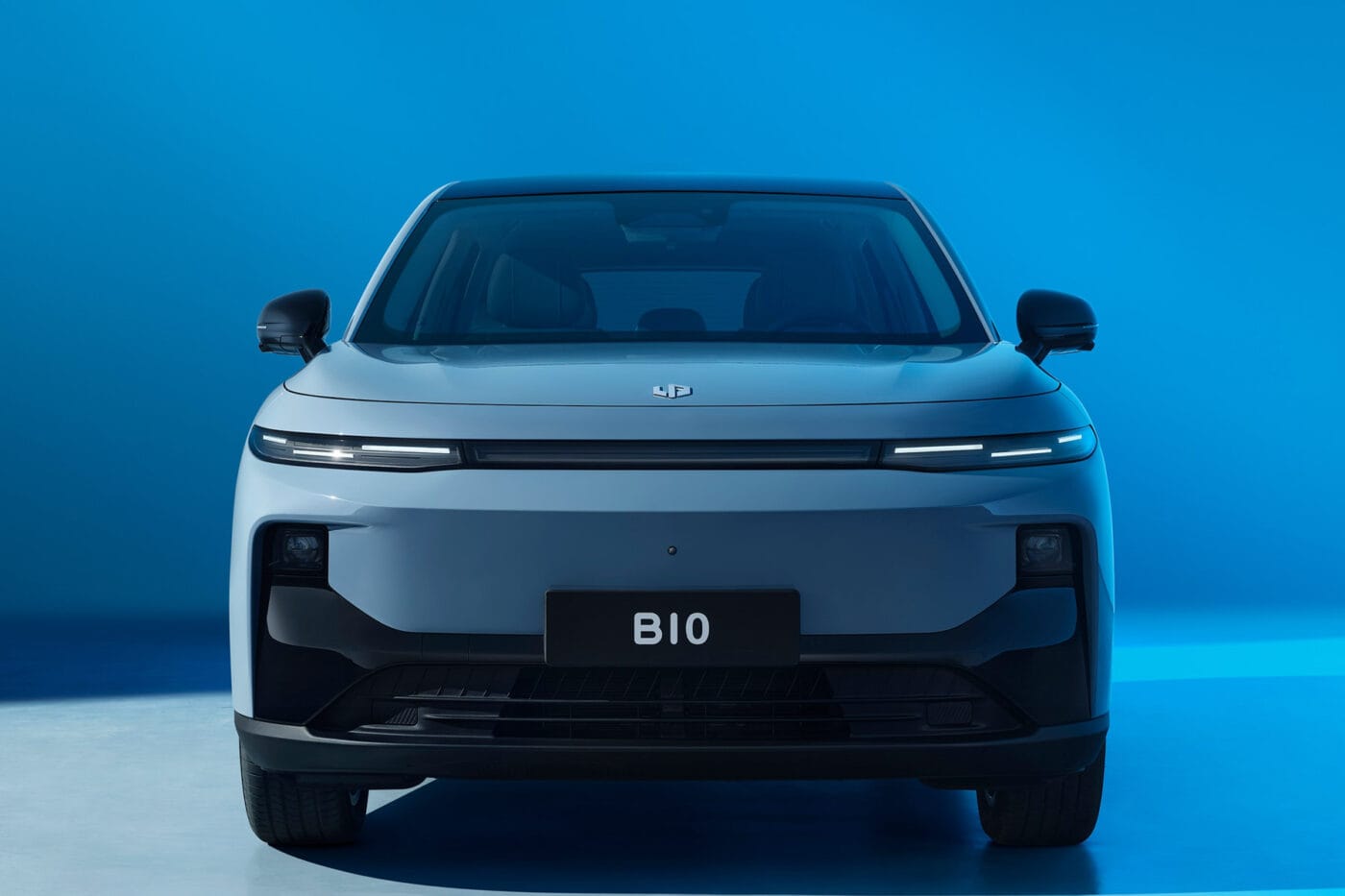
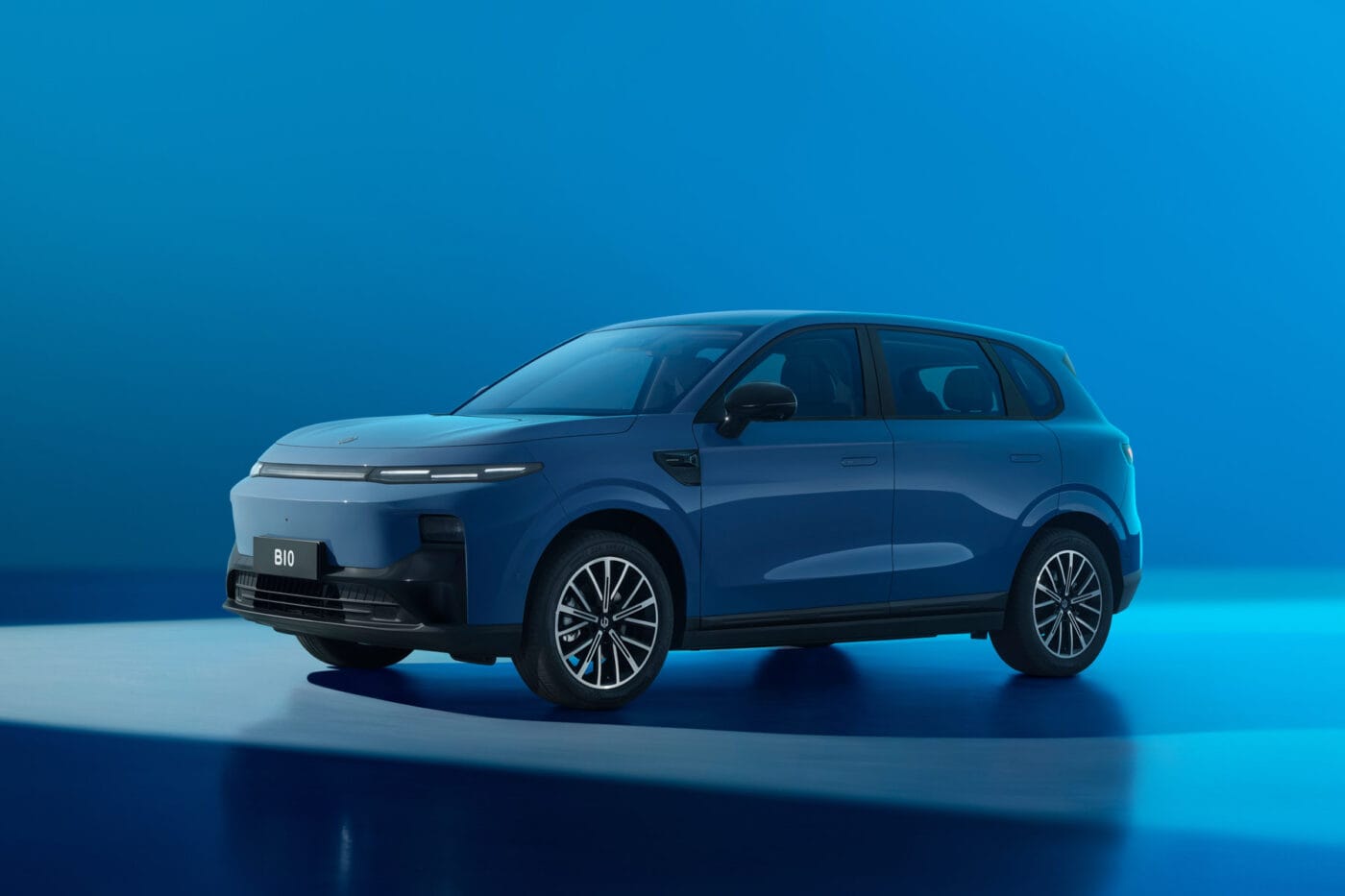
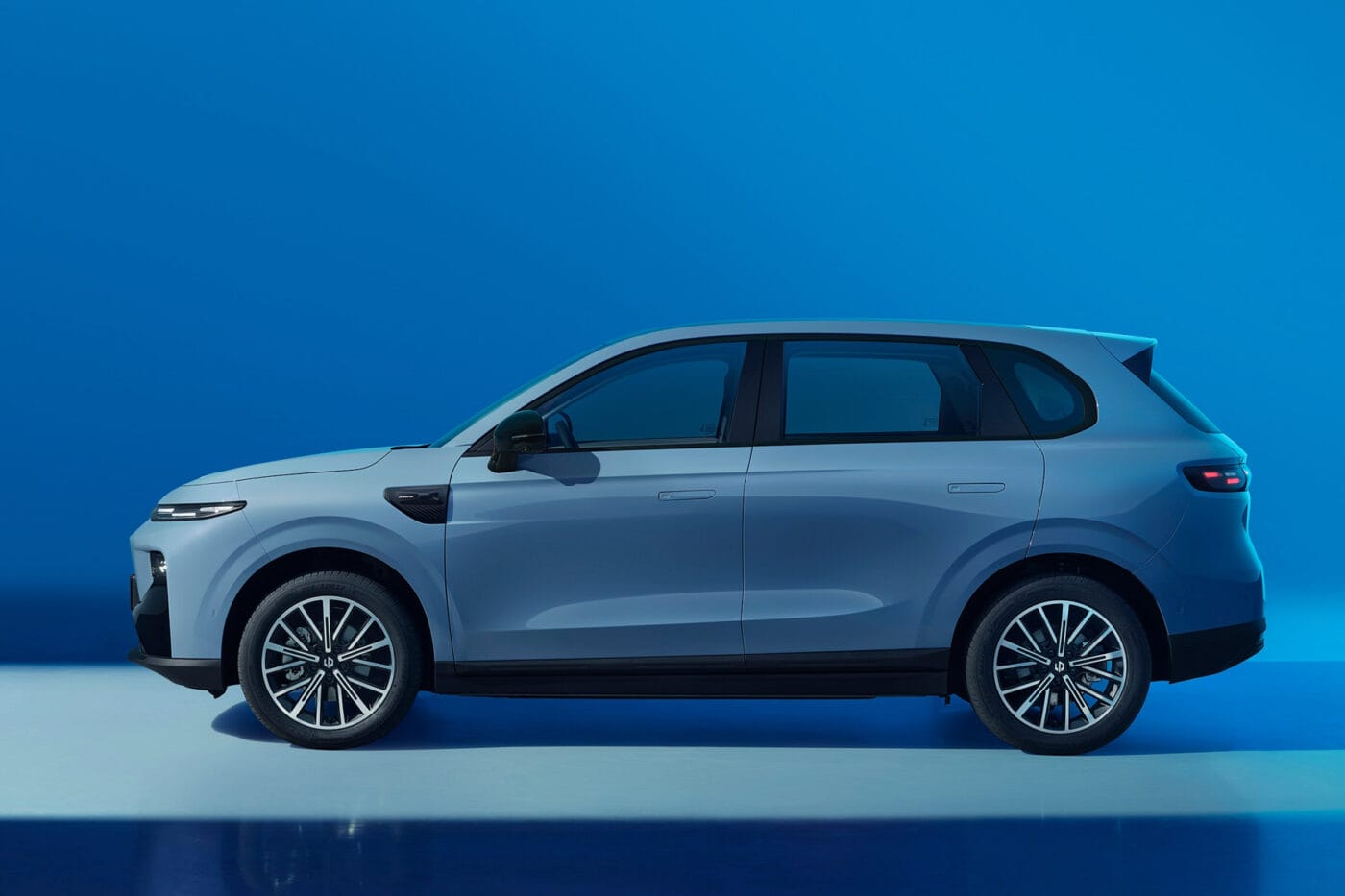
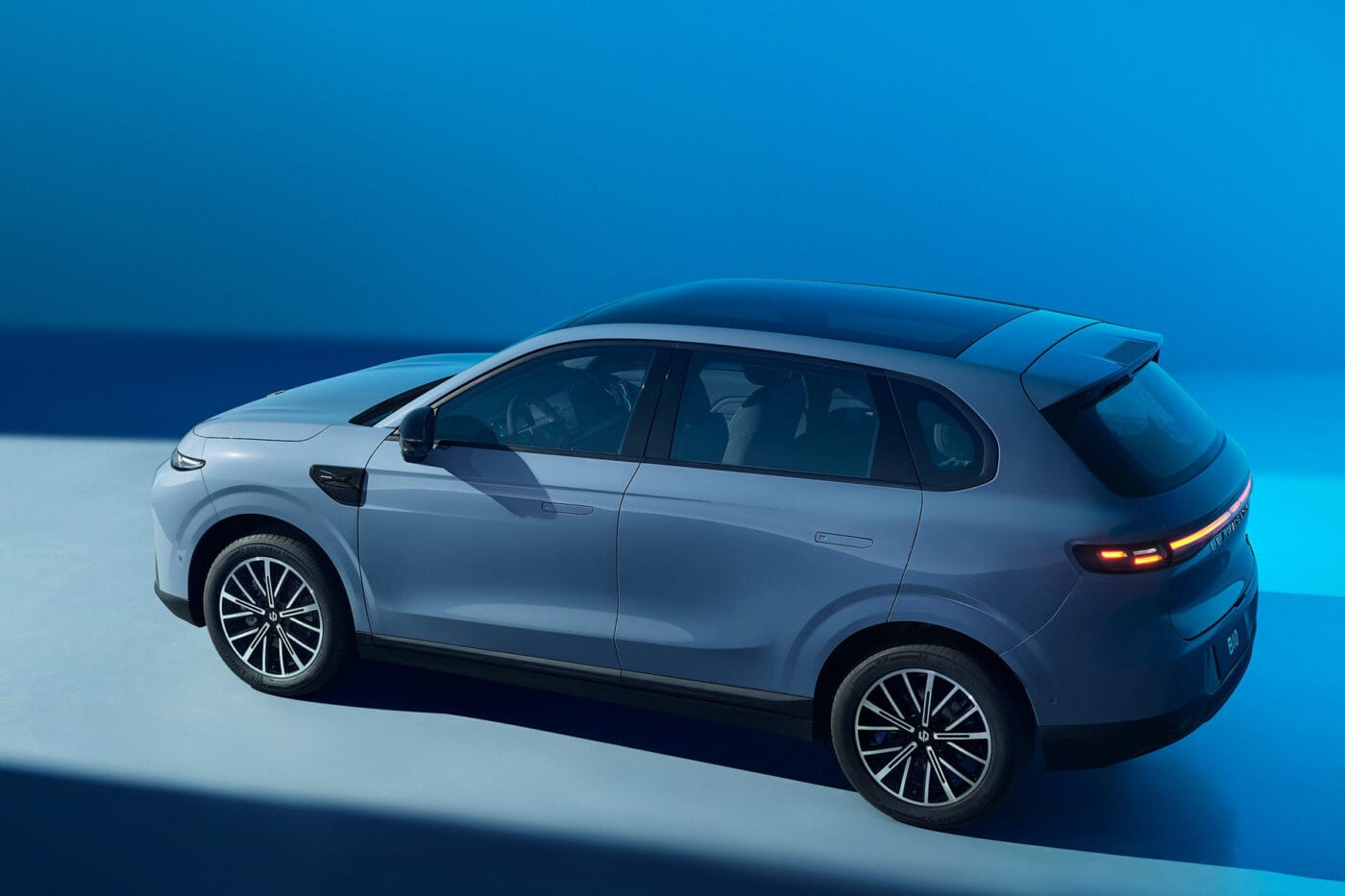
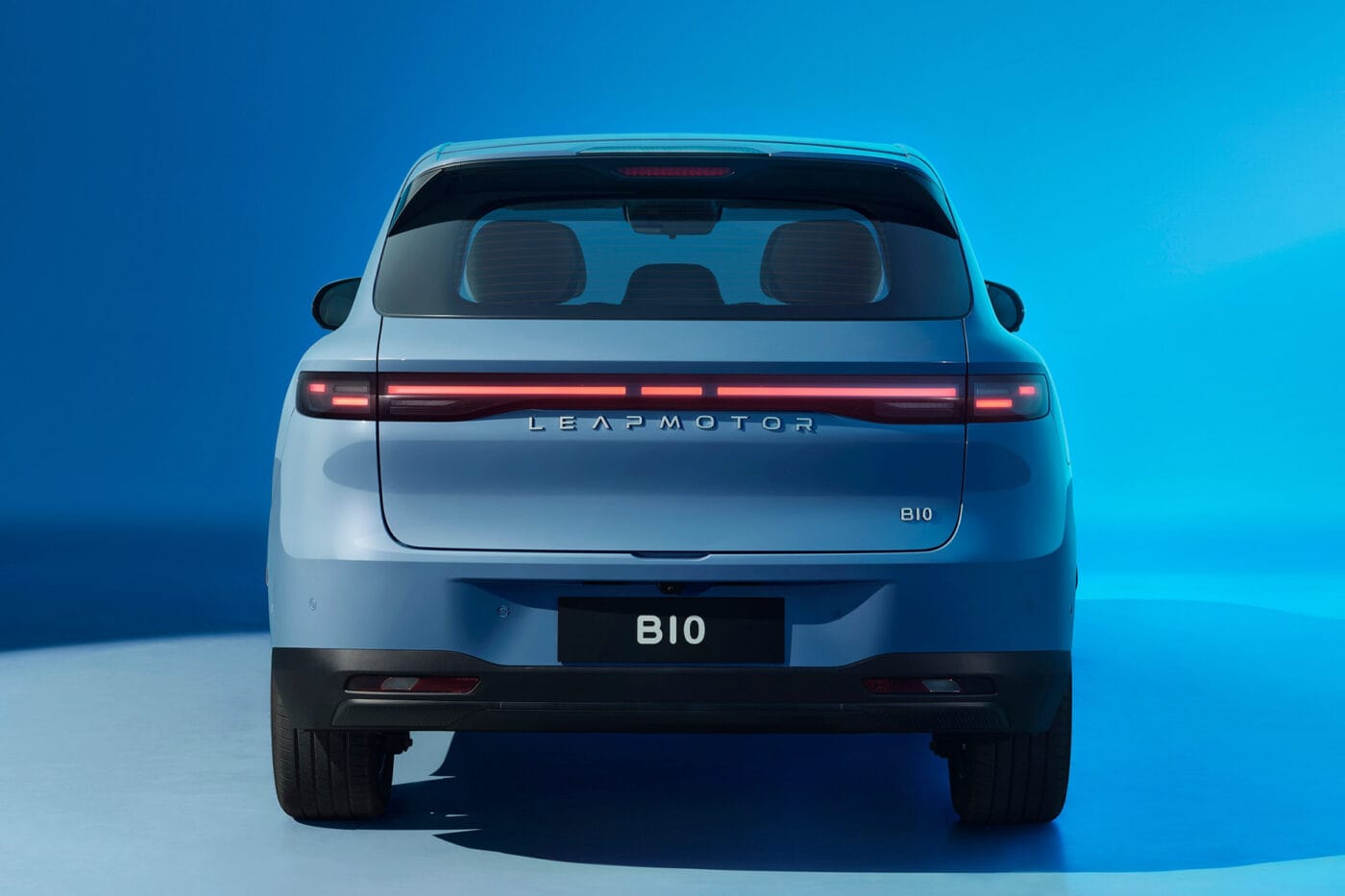
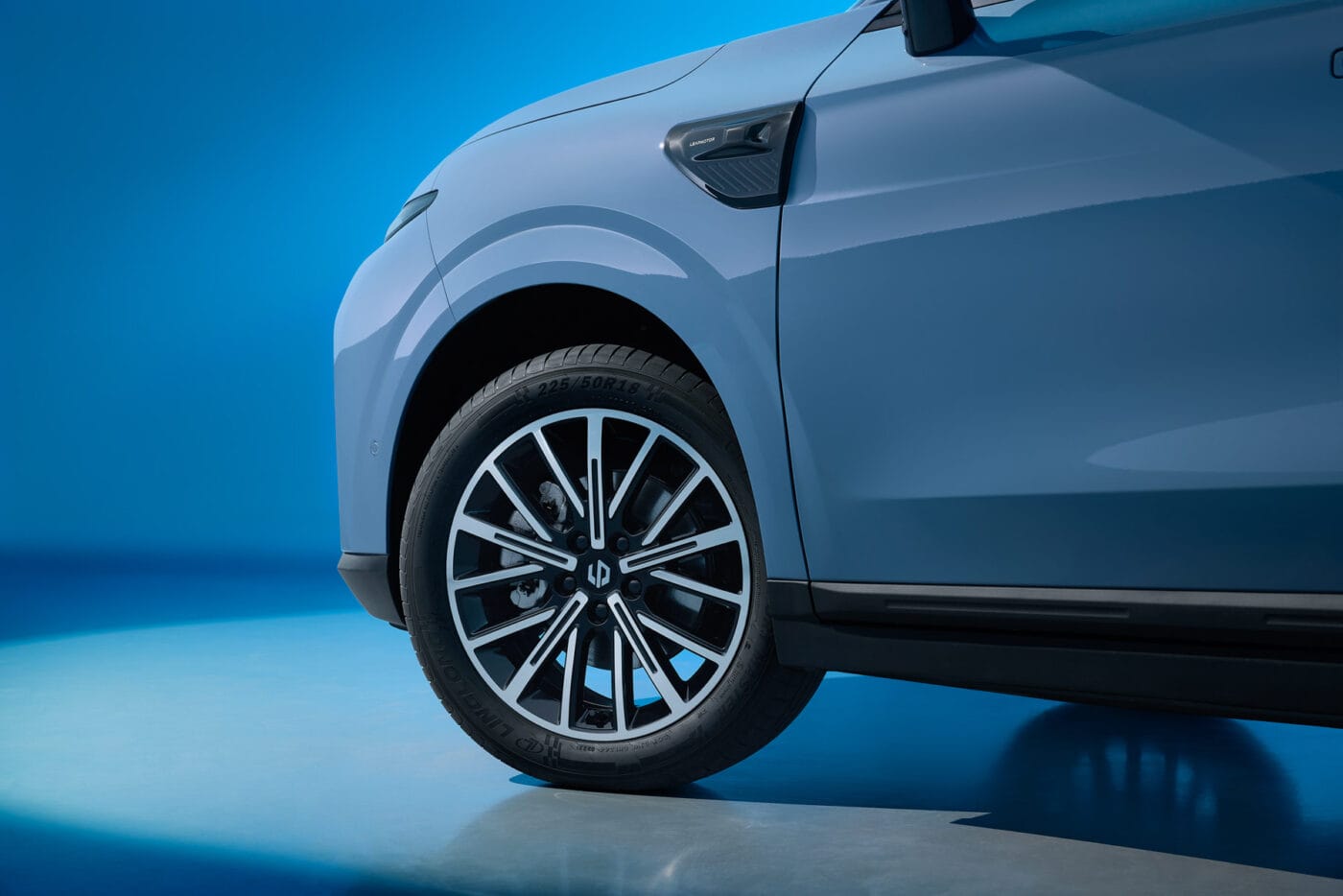
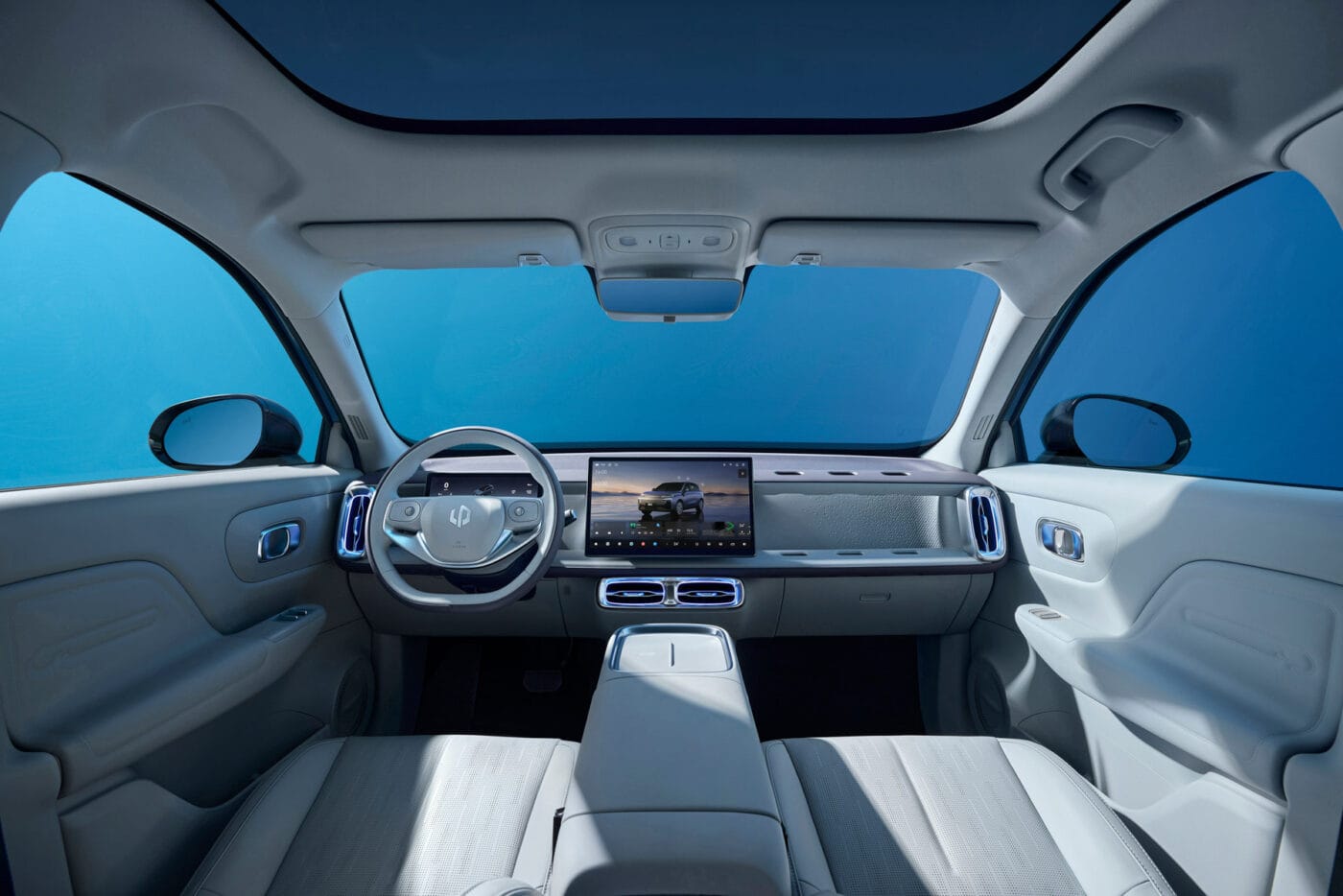
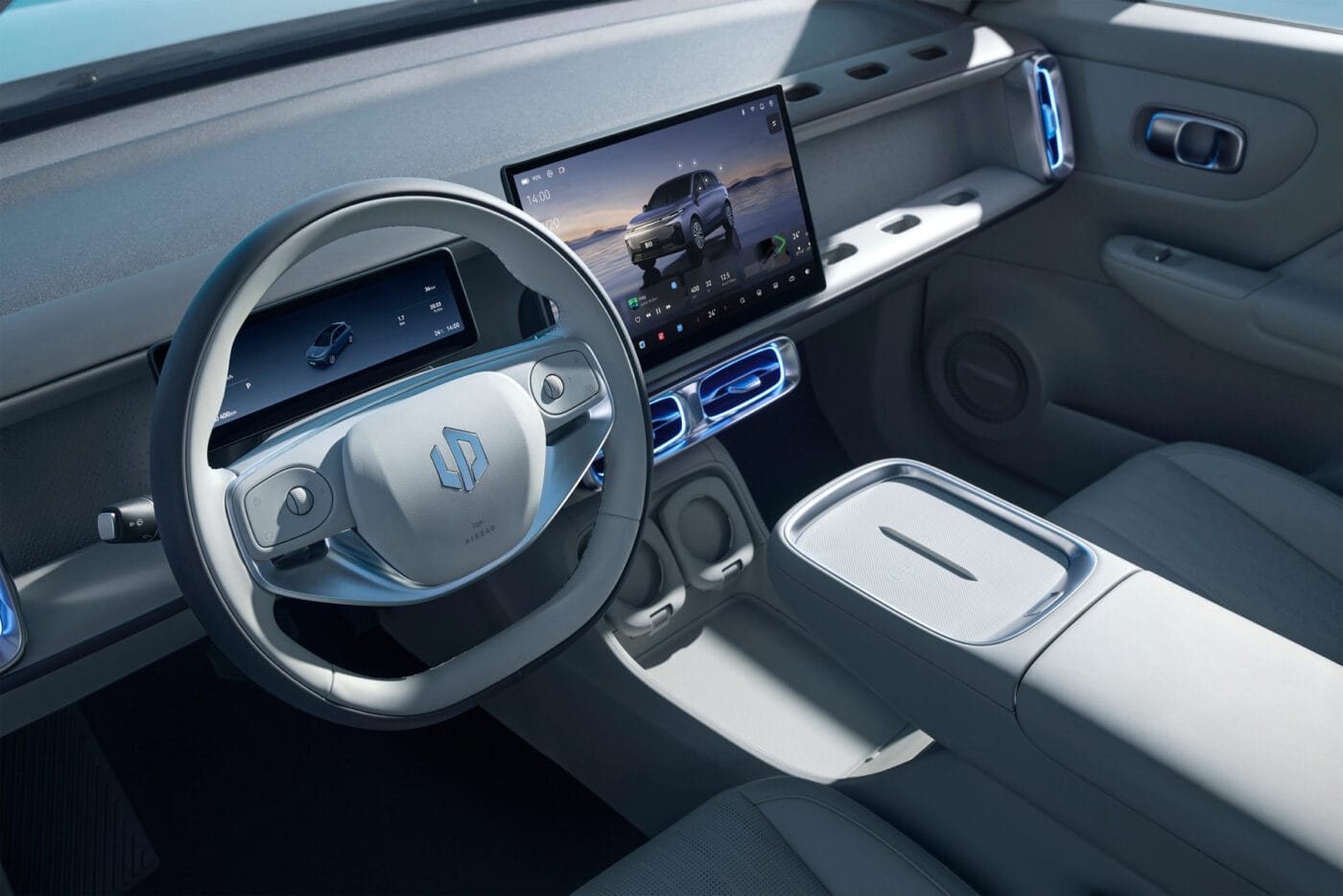
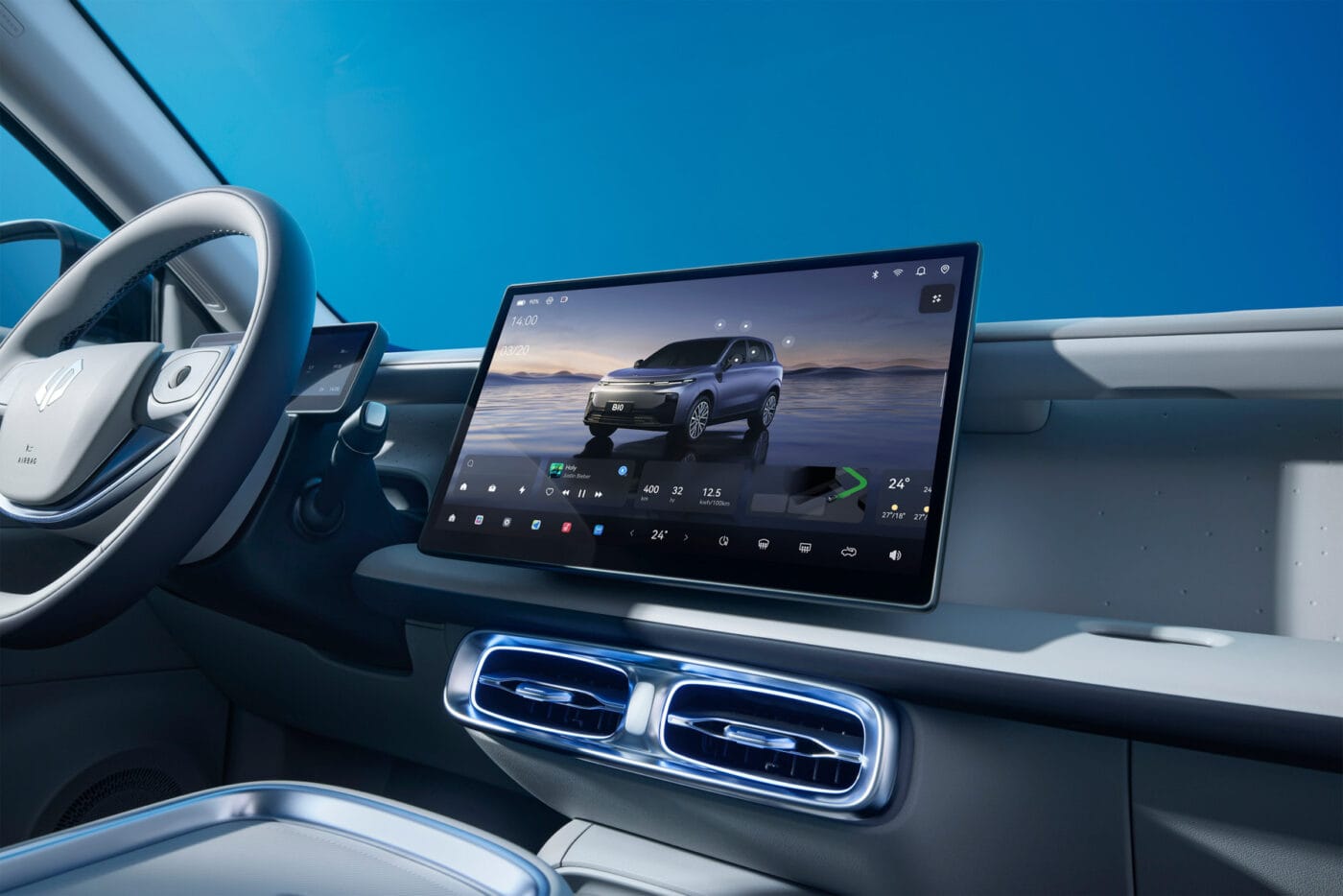
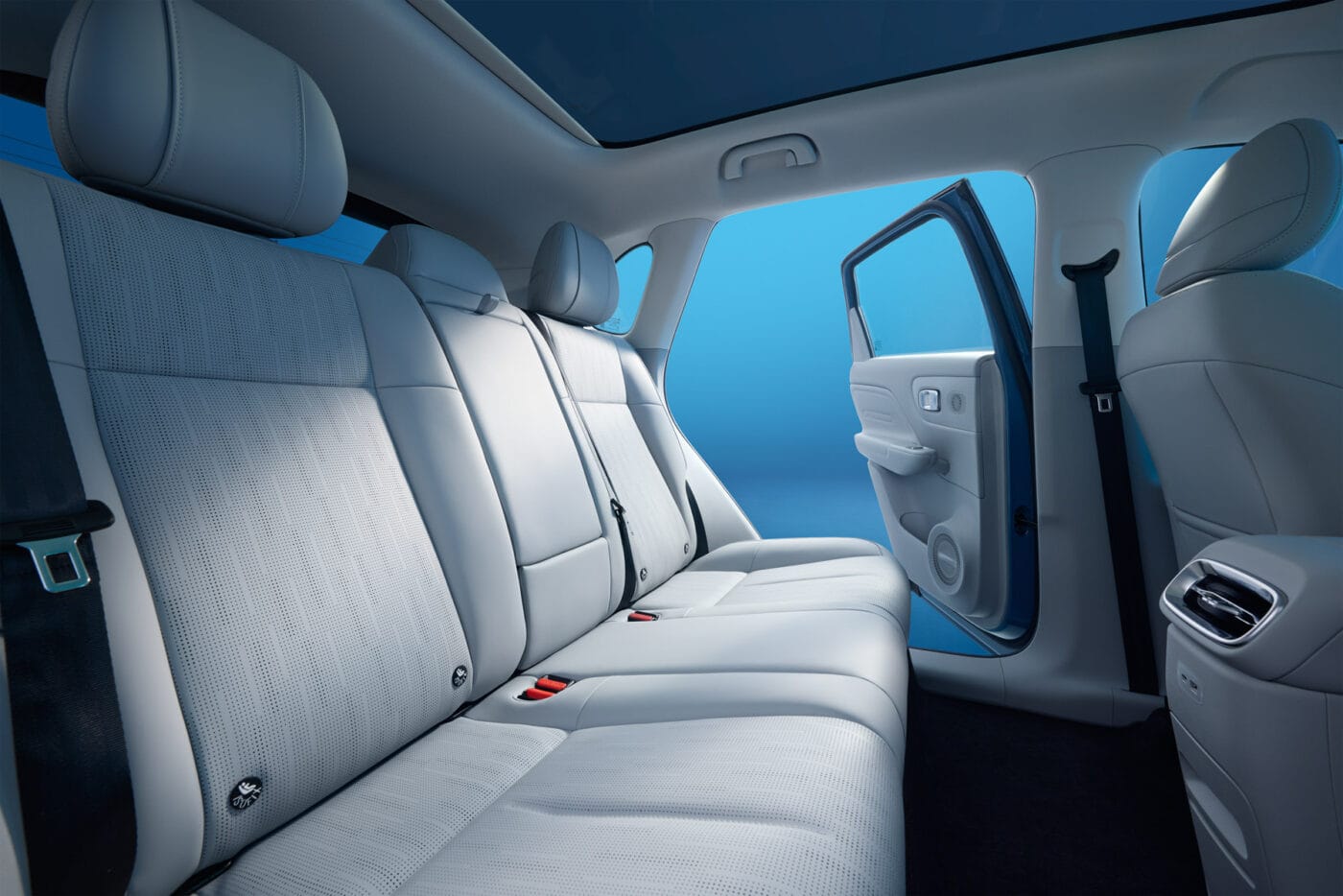
Compared to other Chinese electric cars, some of which have higher prices, the Leapmotor B10 has a significantly higher charging capacity: up to 168 kW flows into the battery at fast-charging stations, which should result in a charging time of 20 minutes from 30 to 80 per cent. Stellantis does not specify the usual comparative value of ten to 80 per cent. However, both battery variants support AC charging at 11 kW.
There is a difference in the drive compared to the China version, which has been available since April: the motor in the basic version has an output of 132 kW and offers 175 Nm of torque. Only the more expensive versions have 160 kW of power and 240 Nm of torque. The Stellantis press release, on the other hand, only mentions 218 hp, implying the 160 kW version.
There will be two equipment variants in Europe. The basic ‘Life’ version is described as ‘very well equipped’ and comes with a 1.8 m² panoramic glass roof with electric sun protection, 18-inch alloy wheels, a 360° parking camera and the complete package of driving assistants as standard. The ‘Design’ equipment includes ‘eco leather’ seats (although it is not explained exactly what ‘eco’ means here), ambient lighting and heated, ventilated and electrically adjustable front seats.
The B10 should not only score points with its price, but also with its price-performance ratio. There is talk of one of the largest passenger compartments in the segment, as well as a 14.6-inch touchscreen with 2.5K resolution, while the Snapdragon 8155 chip should offer a “smartphone-like experience.” Apple CarPlay and Android Auto will only be installed via OTA updates from December 2025. There is also a 360-degree camera (not common in this segment) and 17 driving assistants.
However, not all of the data is currently known. Stellantis states the dimensions from the rear seat back to the footwell (2.39 metres), the width in the rear (1.40 metres) or the headroom in the front and rear (1.03 and 1.01 metres), but not the boot volume or the towing capacity. This, together with the prices of the large battery and the ‘Design’ equipment, will probably be announced at the start of ordering on 1 September.
Where the B10 will be built for the European markets is not specified. There are indications that production will start at the Spanish plant in Zaragoza at the beginning of 2026, but this has not been confirmed. Until then, the vehicles are likely to come from China and would be subject to special customs duties when imported into the EU. However, the customs duties alone do not explain the price difference to China: the B10 can be ordered there from the equivalent of around 12,000 euros.

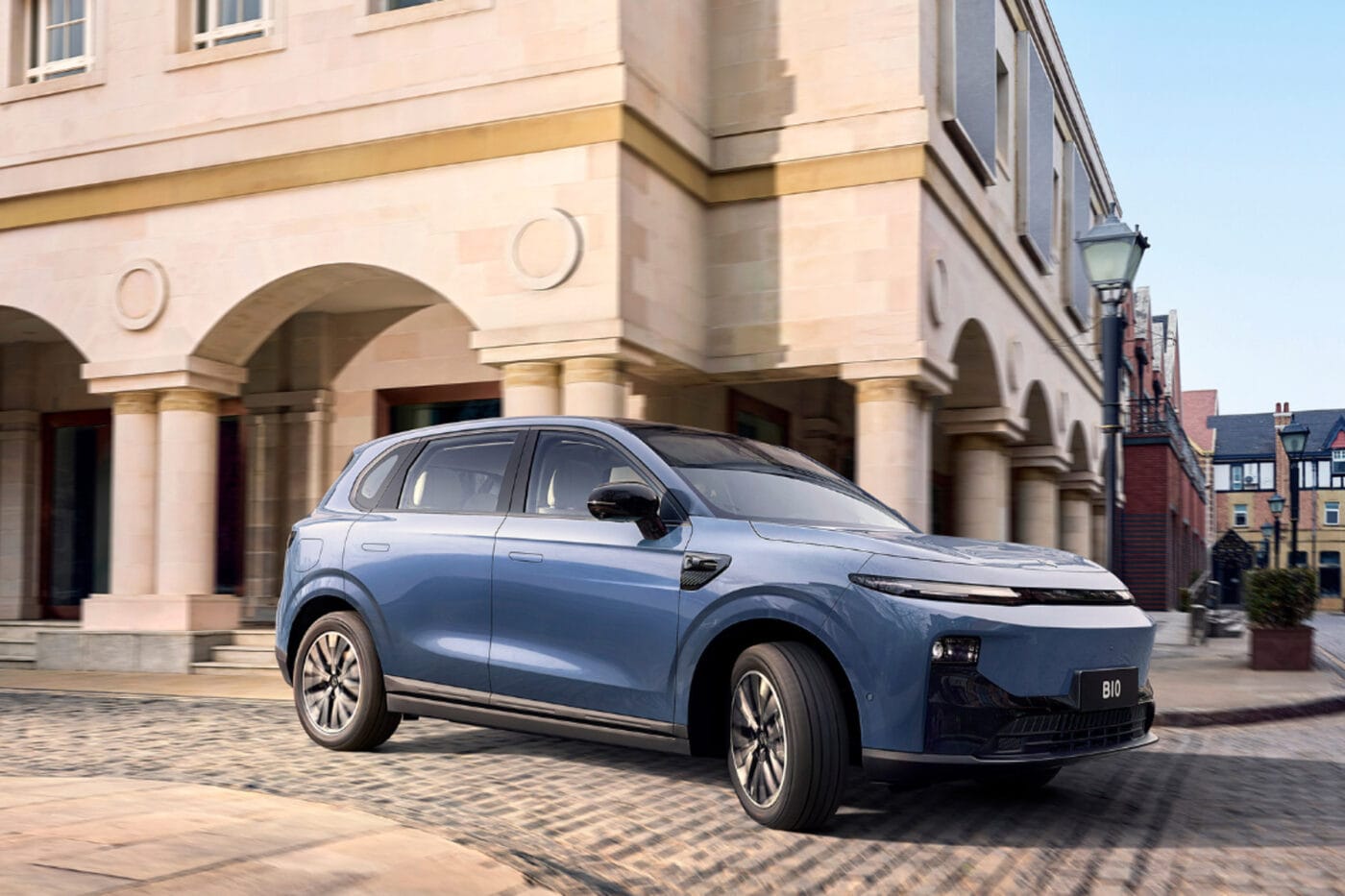
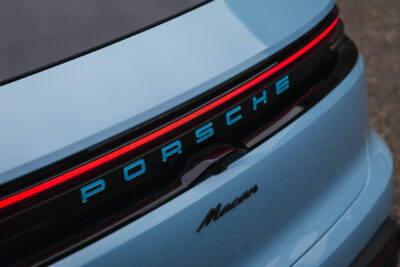

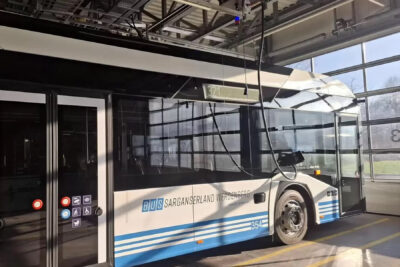
3 Comments